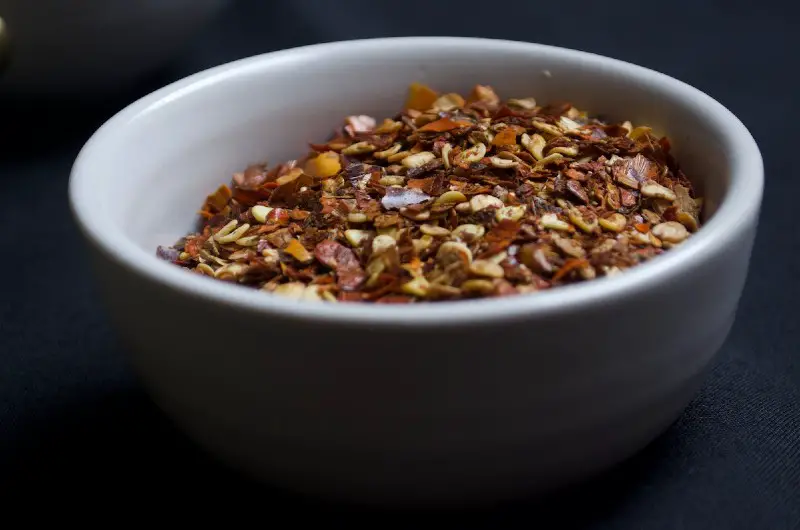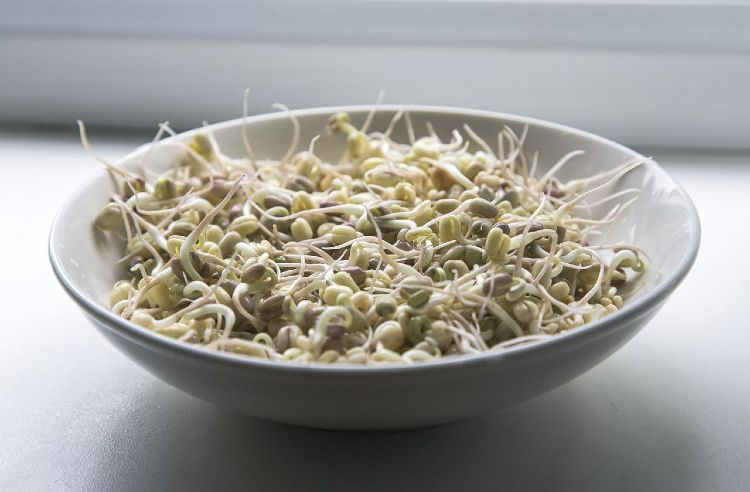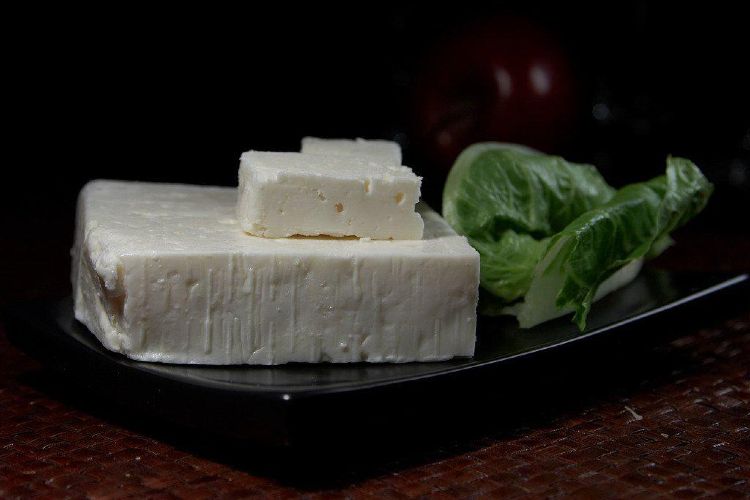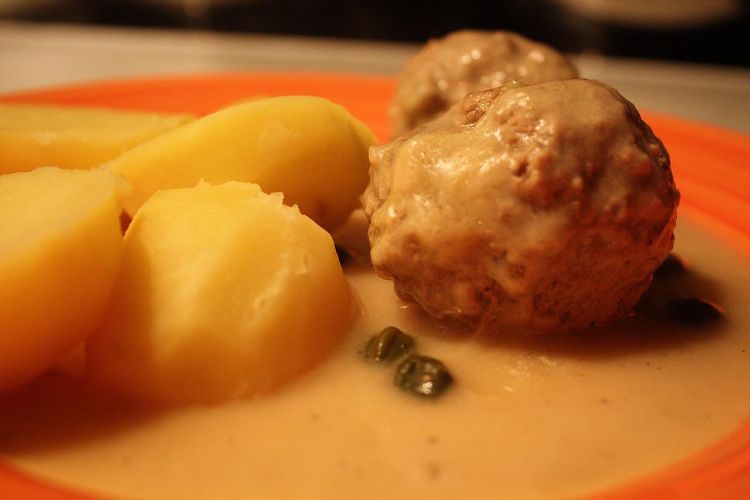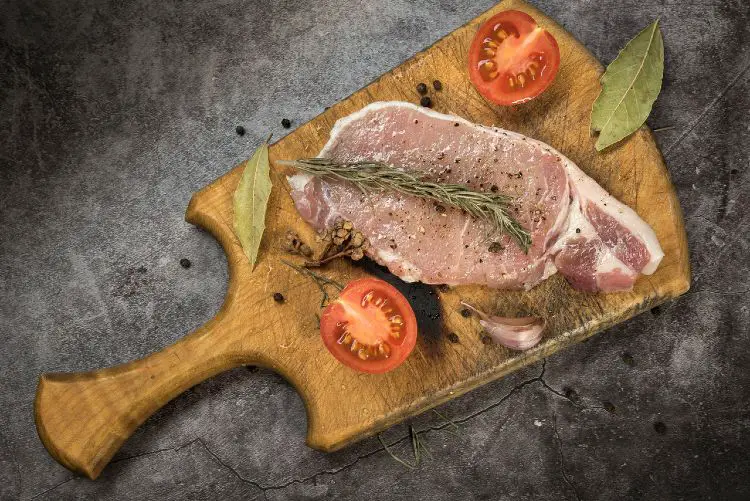Chili Flakes Vs Crushed Red Pepper Flakes: Which Packs More Heat?
Across continents and cultures, the tantalizing allure of spicy flavors has seduced palates for centuries. From the fiery curries of India to the zesty salsas of Mexico, the human fascination with all things spicy seems universal.
This shared passion for heat traces back to chili peppers, an ingredient that has stitched its way into the fabric of numerous global cuisines.
As the world’s spice cabinets expanded, variations of these piquant peppers were created, tailoring to different tastes and dishes.
Among the many derivations, two stand out in particular, often mistaken for each other yet holding their distinct identities: crushed red pepper and chili flakes.
In the culinary world, they might seem like interchangeable siblings, but as we delve deeper, we’ll uncover the nuances that set them apart.
Chili Flakes Vs Red Pepper Flakes Quick Comparison
| Feature | Crushed Red Pepper | Chili Flakes |
|---|---|---|
| Origin | Mixed origins, blended | Specific chili variety |
| Physical Appearance | Mixed sizes, often with seeds | Consistent, depending on chili |
| Composition | Blend of various peppers | Usually one type of chili |
| Flavor Profile | Complex, varying flavors | Defined by chili type |
| Heat Level (avg SHU) | 30,000 – 50,000 | Varies widely (4,000 – 50,000+) |
| Popular Cuisines | Italian-American, Chinese | Korean, Turkish, Mediterranean |
| Shelf Life | 2-3 years | 2-3 years |
Crushed Red Pepper
Typically an American product, crushed red pepper consists of a medley of dried red chili peppers. Often, these blends might contain a mix of different peppers, including but not limited to cayenne, ancho, and bell peppers. The presence of seeds boosts the heat quotient. It gained prominence as a staple in Italian-American pizzerias, sprinkled over pizzas and pastas, giving them a spicy kick.
Chili Flakes
Chili flakes, on the other hand, are generally more specific in their makeup, originating from a singular type of chili. For instance, Korean chili flakes, or “gochugaru,” come from sun-dried red chili peppers, while Turkish chili flakes, known as “pul biber,” have a distinctive flavor and color. The specificity of the chili used gives chili flakes a more defined and consistent flavor profile compared to the mixed nature of crushed red pepper.
Physical Appearance
The beauty of spices lies not just in their flavors, but also in their aesthetics. Both crushed red pepper and chili flakes are visually appealing, with vibrant colors and textures that can entice any culinary enthusiast. However, when looked at closely, there are discernible differences between the two.
Crushed Red Pepper
- Texture: As the name suggests, crushed red pepper has a coarser texture. It’s not uniformly crushed, which means you can often see larger chunks of pepper and seeds interspersed with finer particles.
- Size: The pieces in crushed red pepper can vary, but they are generally larger than standard chili flakes. The inconsistency in size is a notable characteristic.
- Color: The color palette of crushed red pepper can be diverse because of the mix of peppers used. It ranges from bright red to deep burgundy, often with visible pale yellow seeds.
Chili Flakes
- Texture: Chili flakes usually have a more consistent texture, as they are derived from a single type of chili. They’re finely crushed, offering a more uniform appearance.
- Size: The particles in chili flakes are relatively consistent in size, typically smaller than those in crushed red pepper. This uniformity gives them a slightly powdery appearance.
- Color: The color of chili flakes can vary depending on the specific chili used. For instance, gochugaru (Korean chili flakes) might have a vibrant reddish-orange hue, while Turkish pul biber can range from deep red to a slightly purplish shade.
Ingredients and Composition
Both crushed red pepper and chili flakes derive from chili peppers, but their makeup can vary, resulting in different flavor profiles, spiciness levels, and culinary applications. Understanding the ingredients and composition of each is crucial to distinguishing them and using them effectively in dishes.
Crushed Red Pepper
- Constituents: Crushed red pepper is a blend, often comprising several types of dried red chili peppers. Some common peppers found in these mixes include cayenne, ancho, bell, and others. The specific mix can vary based on the brand or regional preferences.
- Seeds: A defining characteristic of crushed red pepper is the inclusion of seeds. These seeds are not just filler; they play a significant role in the overall heat and flavor of the blend.
- Flavor Profile: Because it’s a blend, crushed red pepper can have a multifaceted flavor. Depending on its constituents, it might offer smokiness, sweetness, and of course, heat.
Chili Flakes
- Constituents: Chili flakes are generally more specific, derived from a single type of chili. This specificity provides them with a consistent and defined flavor. Examples include the aforementioned gochugaru from Korea and pul biber from Turkey, but numerous other regional varieties exist.
- Seeds: Some chili flakes include seeds, while others might be devoid of them. The inclusion largely depends on the type of chili and the intended flavor and heat profile.
- Flavor Profile: As they’re made from a specific type of chili, chili flakes tend to have a more predictable and consistent flavor. This can range from smoky to sweet to extremely spicy, based on the chili of origin.
Impact of Seeds on Spiciness
The capsaicin content in chili peppers, responsible for the spicy sensation, is primarily concentrated in the pith or the inner white membranes of the pepper, and to a lesser extent, in the seeds. While the seeds themselves aren’t the spiciest part of a chili, they absorb and retain capsaicin from the pith, making them relatively spicy.
In crushed red pepper, the inclusion of seeds amplifies the overall heat level. On the other hand, with chili flakes, the presence or absence of seeds can affect their spiciness, but the primary factor is the type of chili used.
Flavor Profile and Heat Level
The world of chilies is vast and vibrant, with each variant bringing its distinct taste and spiciness to the table. When it comes to crushed red pepper and chili flakes, these differences become even more nuanced, offering a diverse palette of flavors and heat levels.
Crushed Red Pepper
- Flavor: Being a blend of various peppers, crushed red pepper offers a complex flavor profile. Depending on its mix, you might detect hints of sweetness, smokiness, and even fruity undertones.
- Heat: Generally, crushed red pepper provides a moderate and lingering heat, which can vary based on the specific peppers included in the blend.
Chili Flakes
- Flavor: Chili flakes, sourced from a singular type of chili, offer a more consistent flavor. The taste can range from smoky (like chipotle flakes) to slightly sweet and fruity (like Aleppo pepper flakes) to intensely spicy.
- Heat: The heat level of chili flakes is largely dictated by the chili of origin. For example, flakes derived from milder chilies will be less spicy compared to those from hotter varieties.
The Heat Index: Scoville Heat Units (SHU)
The spiciness of chilies and chili-derived products is measured using the Scoville Heat Scale. Developed by Wilbur Scoville in 1912, this scale measures the concentration of capsaicin, the chemical responsible for the spicy sensation. The unit of measurement is the Scoville Heat Unit (SHU). Essentially, SHU indicates the amount of capsaicin present.
Comparison of Typical Scoville Ratings
- Crushed Red Pepper: Given its mixed nature, pinning down an exact SHU for crushed red pepper can be challenging. However, on average, most crushed red pepper you find at stores might range from 30,000 to 50,000 SHU. This is a general estimate, as the heat can vary significantly based on the blend.
- Chili Flakes: The SHU for chili flakes is predominantly dependent on the chili used. For reference:
- Gochugaru (Korean Chili Flakes): Typically ranges between 4,000 to 8,000 SHU, giving a moderate heat.
- Pul Biber (Turkish Aleppo Pepper Flakes): Ranges from 10,000 to 15,000 SHU, offering a mild to moderate heat.
- Chipotle Flakes: Can range from 5,000 to 10,000 SHU, characterized by a smoky flavor and mild heat.
It’s worth noting that individual sensitivity to capsaicin varies, so what might be mildly spicy for one person could be very spicy for another.
Popular Uses in Cooking
Crushed red pepper and chili flakes, with their unique flavor profiles and heat levels, are versatile ingredients. They find their way into a myriad of dishes across various cuisines, enhancing flavors and adding that sought-after kick.
Crushed Red Pepper
- Dishes and Cuisines
- Italian-American: Think pizzas, pastas, and arrabbiata sauce where a sprinkle of crushed red pepper brings a spicy dimension.
- Chinese: Particularly in Szechuan cuisine, where dishes like Kung Pao Chicken use this spice for an added zing.
- American: It’s commonly sprinkled on grilled meats, baked dishes, and even salads.
- Cooking Tips
- When to Add: Crushed red pepper releases its flavor over time. Adding it early during cooking can result in a more integrated spiciness, while adding towards the end or as a finishing touch provides a more pronounced heat.
- How Much to Use: Start with a pinch and adjust according to your heat tolerance. Remember, it’s easier to add more later than to correct an overly spicy dish!
Chili Flakes
- Dishes and Cuisines
- Korean: Gochugaru, or Korean chili flakes, is indispensable in dishes like Kimchi and various spicy stews (jjigaes).
- Turkish: Pul biber, or Aleppo pepper flakes, is sprinkled over dishes like kebabs, and incorporated into dips and spreads.
- Mediterranean: Chili flakes are often mixed with olive oil to create spicy dressings for salads, pastas, and bread dips.
- Cooking Tips
- When to Add: Like crushed red pepper, the timing of adding chili flakes impacts the resulting flavor. Add early for a milder, integrated spice or later for a sharper heat.
- How Much to Use: Different chili flakes have varied heat levels. Always start sparingly and adjust to taste.
General Tips for Both
- Storage: Keep in a cool, dry place away from direct sunlight to maintain their potency and flavor.
- Freshness: Over time, both crushed red pepper and chili flakes can lose their heat and flavor. It’s good to refresh your stock every 6-12 months.
- Tasting: Always taste your dish as you cook. This helps in adjusting the amount of spice to the desired level.
Storage and Shelf Life
Proper storage is essential for maintaining the potency, flavor, and overall quality of spices like crushed red pepper and chili flakes. Given that both are dried chili products, their storage recommendations are quite similar.
Proper Storage
- Container: Store both crushed red pepper and chili flakes in airtight containers. This prevents moisture and other contaminants from entering and degrading the quality of the spice.
- Location: Store in a cool, dry place, away from direct sunlight. Avoid storing directly above the stove or oven, as heat can deteriorate the flavor quickly.
- Avoid Cross-Contamination: Use a clean, dry spoon or utensil when taking out the spice. Introducing moisture can lead to mold growth and reduce the spice’s shelf life.
Shelf Life
- Crushed Red Pepper and Chili Flakes: Both typically have a shelf life of about 2-3 years when stored properly. While they might not necessarily “spoil” after this period, they’ll lose potency, and their flavors will diminish.
Signs of Spoilage or Staleness
- Color Fade: One of the first signs of staleness is a faded color. Vibrant reds might turn to a dull brownish-red.
- Loss of Aroma: Fresh crushed red pepper and chili flakes have a distinct aroma when you open their container. If you don’t get that characteristic smell or if it’s significantly weakened, the spice is likely stale.
- Changed Flavor: If the spice doesn’t impart the usual kick or flavor to your dishes, it’s probably past its prime.
- Mold or Clumps: If there’s any sign of mold or if the spice has clumped together (a sign that moisture has entered the container), it’s best to discard the spice.
- Presence of Pests: Sometimes, improperly stored spices can attract pests like weevils. If you see tiny bugs or larvae, discard the spice immediately.
FAQs
What is the main difference between crushed red pepper and chili flakes?
- Crushed Red Pepper: A blend of various dried red chili peppers.
- Chili Flakes: Typically made from a specific type of dried chili and might be more consistent in flavor.
Are crushed red pepper or chili flakes interchangeable in recipes?
Yes, they are often interchangeable in recipes, especially if the main goal is to add heat. However, the flavor might slightly vary due to the differences in composition.
Which is spicier, crushed red pepper or chili flakes?
It varies. The spiciness of crushed red pepper depends on its blend, while the heat of chili flakes depends on the type of chili used. Always check the Scoville rating or taste a small amount to gauge the heat.
Why are there seeds in crushed red pepper but not always in chili flakes?
Crushed red pepper often includes seeds to add to its heat and texture. Chili flakes, especially those meant for specific cuisines, might be de-seeded to achieve a particular flavor and consistency.
How should I store crushed red pepper or chili flakes to ensure they stay fresh?
Store both in a cool, dry place in airtight containers, away from direct sunlight. This will help maintain their potency and flavor.
Can I make my own crushed red pepper or chili flakes at home?
Yes! Simply dry the desired chili peppers and then crush or grind them to the desired consistency. You can use a food processor, spice grinder, or even a mortar and pestle.
Why might one choose chili flakes over crushed red pepper or vice versa?
It often comes down to personal preference and the desired flavor profile. If you want a more predictable and specific flavor, you might opt for chili flakes from a specific chili. If you’re looking for a blend of flavors, crushed red pepper might be the choice.
Can using too much of either crushed red pepper or chili flakes cause a dish to become overly spicy?
Absolutely. Both can impart significant heat to a dish, so it’s essential to add gradually and taste as you go.
How can I tone down a dish that’s become too spicy from adding too much crushed red pepper or chili flakes?
Adding dairy products like yogurt or cream, sugar, or acidic ingredients like lemon juice or vinegar can help balance out excessive spiciness. Additionally, increasing the quantity of non-spicy ingredients can dilute the overall heat.
